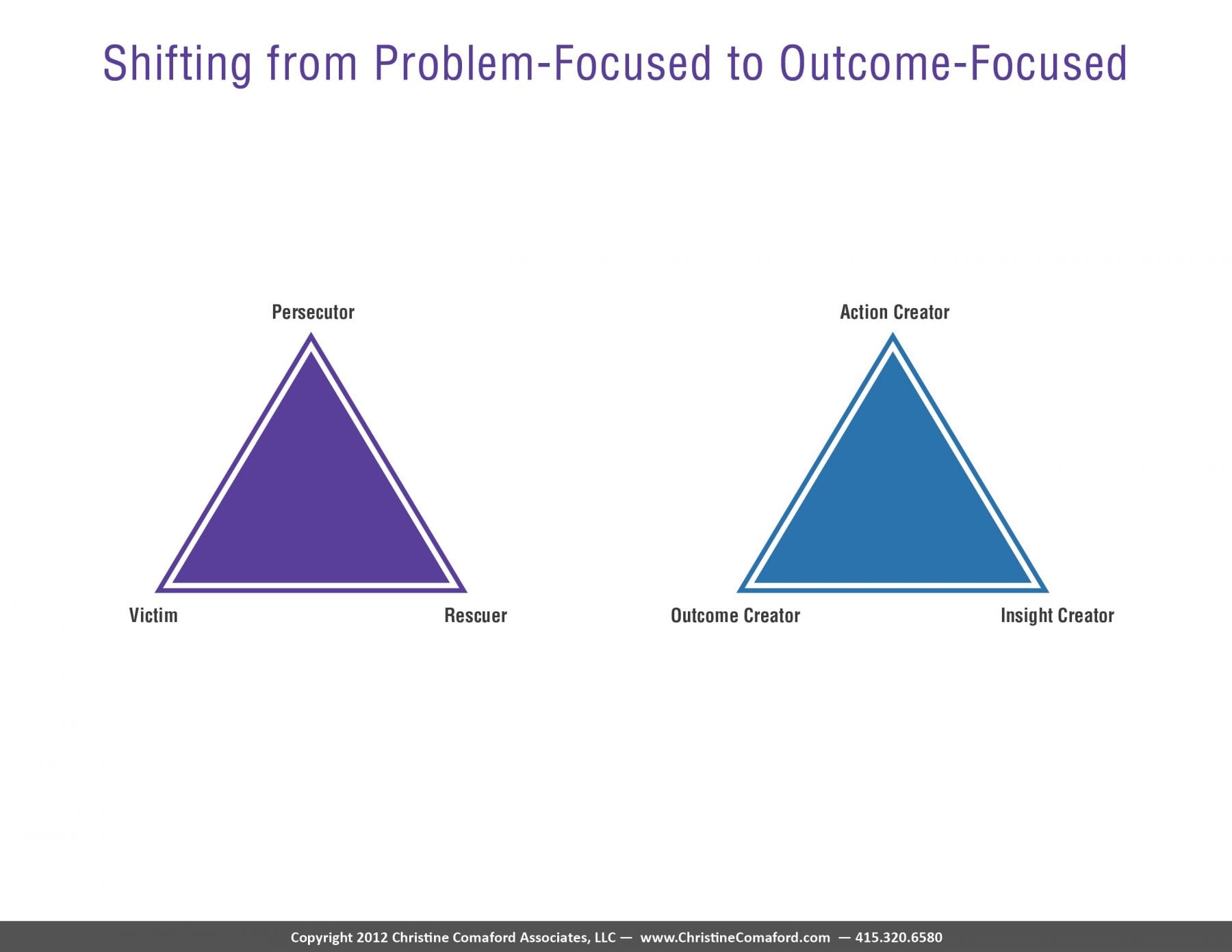CMOs and CIOs are a dying breed. The role of the CMO as someone focused on brand stewardship or demand generation is rapidly evolving into something much more. Today’s successful CMOs are taking responsibility for technology choices of the brands they steward. In fact, the Gartner Group predicts CMOs will spend more on IT than CIOs within three years! More than ever CMOs have direct responsibility for the digital and technical elements that power both the business and brand experience. This requires not only being technically adept but relying on strong partnerships with CIOs.
CIOs are being forced in Darwinian fashion to become strategic partners to all elements of the business while they translate priorities into compelling and engaging digital experiences in collaboration with the CMO. Easier said than done! Recently, I sat down with Steve Mann, CMO of the Research and Litigation Solutions division ofLexisNexis and Joe Norton, the Deputy CIO of Philips, to discuss the four pillars to being a Killer New Breed CMO or CIO…
1. Forget rivalry, the partnership between CIO and CMO is paramount if either of you are to succeed
Joe firmly believes in the need to partner not only with his CMO but with all internal stakeholders. “The big change in my role is that I am no longer in charge of the entire IT Strategy. Yes I own IT for IT and the investments we make in how to control, protect and operate our IT landscape. But my CMO and other internal clients own where we will make our strategic IT investments. They own ‘what capability’ is needed, while I own the ‘how to achieve’ part of the equation.”
2. Become Big Data/Analytics savvy
“All applied IT is a commodity,” says Joe. “Today, differentiation is found in data and the ability to turn it into insightful business information.” Steve concurs and in fact believes that Big Data competency is table stakes for today’s CxO’s. “Running an organization requires insight and everything we do – from analyzing how we develop campaigns to how we talk to customers; our long term goal is develop deep and predictive analytics behind our actions.”
3. Evolve your decision-making style to accommodate rapid change
Joe has a real evolve or die mentality — “There has been a foundational change to what I do for a living today as opposed to my past. The pace of change is driving this. I can no longer wait to make decisions until everything is clear and risk free.” Steve adds that to manage this pace of change, it’s critical to embark on a change management journey to bring your team along for the ride. “While it’s crucial to make decisions when there isn’t clarity or when it involves risk, it’s also imperative that you bring your organization along on this journey or else there will be tremendous resistance to the decisions and actions proposed” says Steve. Learning to fail fast is a great tool to have in any organization’s arsenal and I highly recommend it, but it is a journey to develop that capability.
4. Stop focusing solely on cost and quality and concentrate on utility, value, choice and openness
Organizations need to shift their perspectives and focus on the relative utility of the investments being made. Steve drove this point home. “Such investments need to provide customers with true value. For external customers, it’s all about trust. Customers who receive value from the products or services they procure develop trust in the brands they buy from. That trust leads to a long-standing beneficial relationship between both parties. Internal customers also expect value. If they don’t get it from internal shared services teams, they go elsewhere.”
For Philips its about moving from control to collaboration. “By being fact-based and providing visibility into utility, value and choice, we have enabled a shift from a control oriented paradigm to one that’s collaboration based. Phillips has changed this part of its IT business model so that the organization is no longer a cost center but a collaboration center.” Joe adds, “We work with our stakeholders to provide options and choices and my customers must make their decisions on where to spend their IT monies.”
Becoming a new breed CxO takes guile, passion and a willingness to win through change. Yielding in some places will enable you to make great gains in others. It’s no longer enough to know your domain, if you’re going to be a New Breed CxO you must evolve to be essential in multiple areas of your business.
Christine Comaford (@comaford) is a 5-time former CEO. Today she uses the latest neuroscience techniques to coach leaders in creating predictable revenue, passionate teams and profitable growth. Her current New York Times Bestseller is SmartTribes: How Teams Become Brilliant Together.








